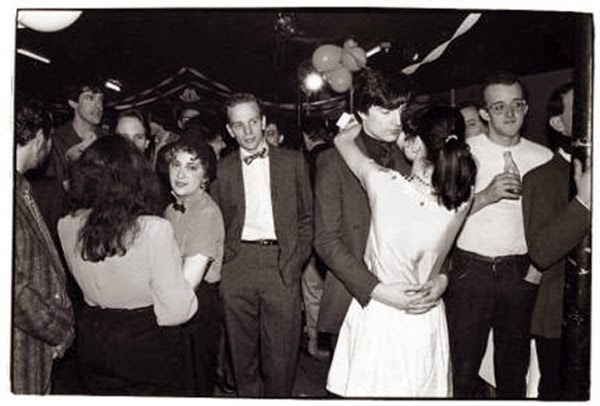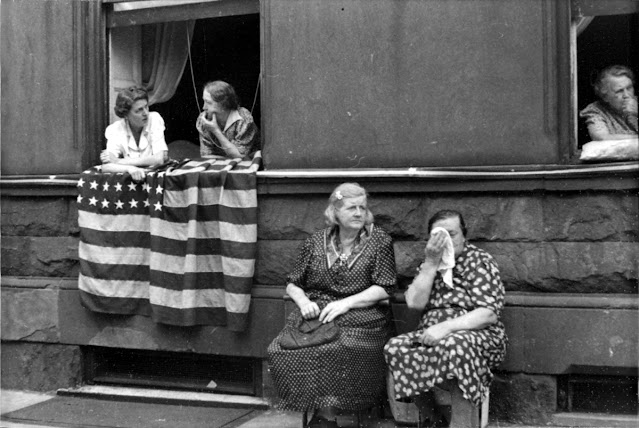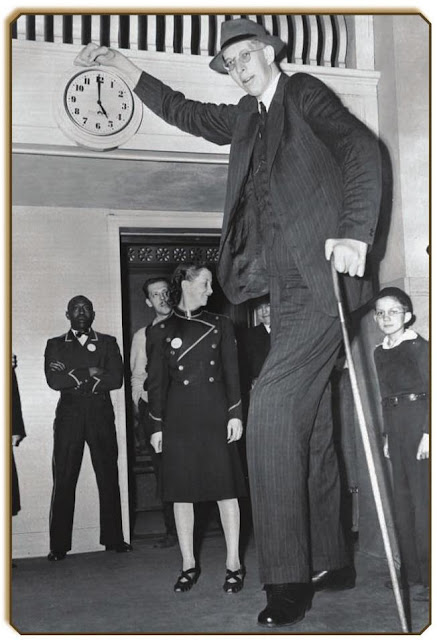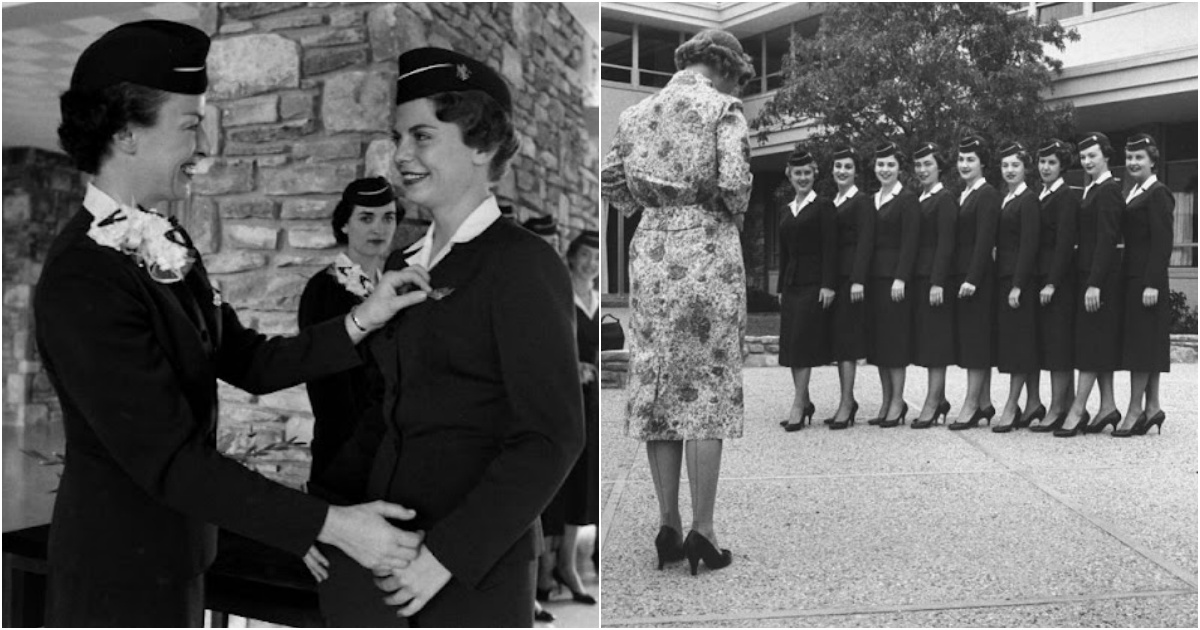43 Amazing Color Photographs of New York City in the 1970s
From the time he arrived in the United States from Chile as a college student in 1965, the photographer Camilo José Vergara has been haunting, and haunted by, American cities.
Vergara began as a humanistic New York street photographer in the early 1970s, when he moved to the city. This work changed significantly in the middle 1970s, when graduate work in sociology at Columbia University increasingly sensitized him to the complexities of environmental influences on social behavior.
The advent of Kodachrome 64 film in 1974 alerted Vergara to the possibilities of permanent color photographic records of changing urban landscapes and their features. He began at that time to work systematically, using techniques adapted from sociological methodologies; traveling from one subway stop to the next, he would emerge onto the street and then photograph the surrounding blocks, fanning steadily outward.
By 1977, he had come upon a rough approximation of his lifelong working method, returning to the same locales over time to photograph changes in the makeup of the communities in question.
With more than a decade of photographs to document the extraordinary phenomenon of de-urbanization (including the conversion of buildings from one function to a second, then a third, before their abandonment, and the process by which nature recolonized long-urban areas), Vergara published The New American Ghetto with Rutgers University Press, for which he received the Robert E. Park Award of the American Sociological Association in 1997.
(Photos by Camilo José Vergara)
.jpg)
.jpg)
.jpg)
.jpg)
.jpg)
.jpg)
.jpg)
.jpg)
.jpg)
.jpg)
.jpg)
.jpg)
.jpg)
.jpg)
.jpg)
.jpg)
.jpg)
.jpg)
.jpg)
.jpg)
.jpg)
.jpg)
.jpg)
.jpg)
.jpg)
.jpg)
.jpg)
.jpg)
.jpg)
.jpg)
.jpg)
.jpg)
.jpg)
.jpg)
.jpg)
.jpg)
.jpg)
.jpg)
.jpg)
.jpg)
.jpg)
.jpg)



